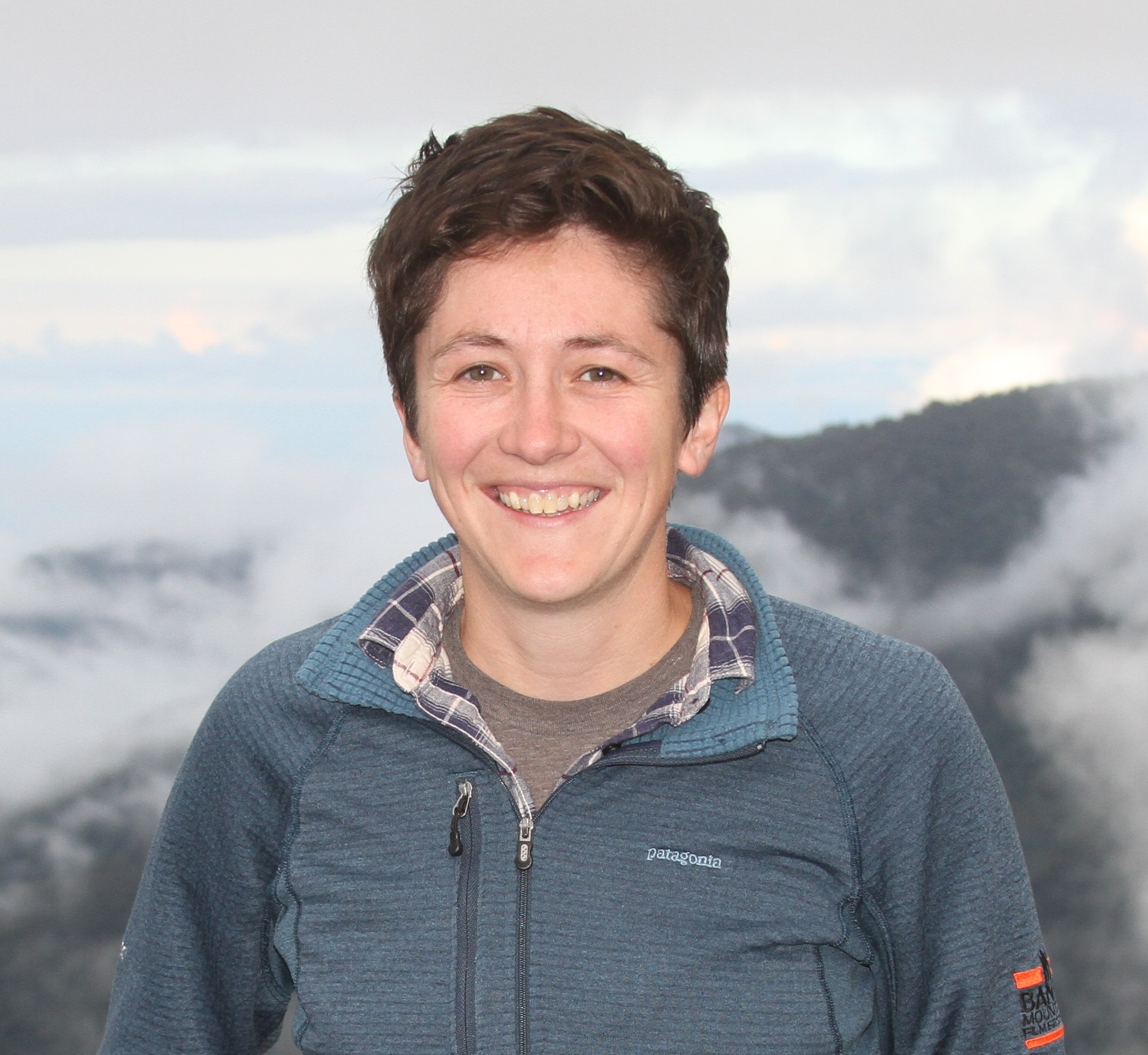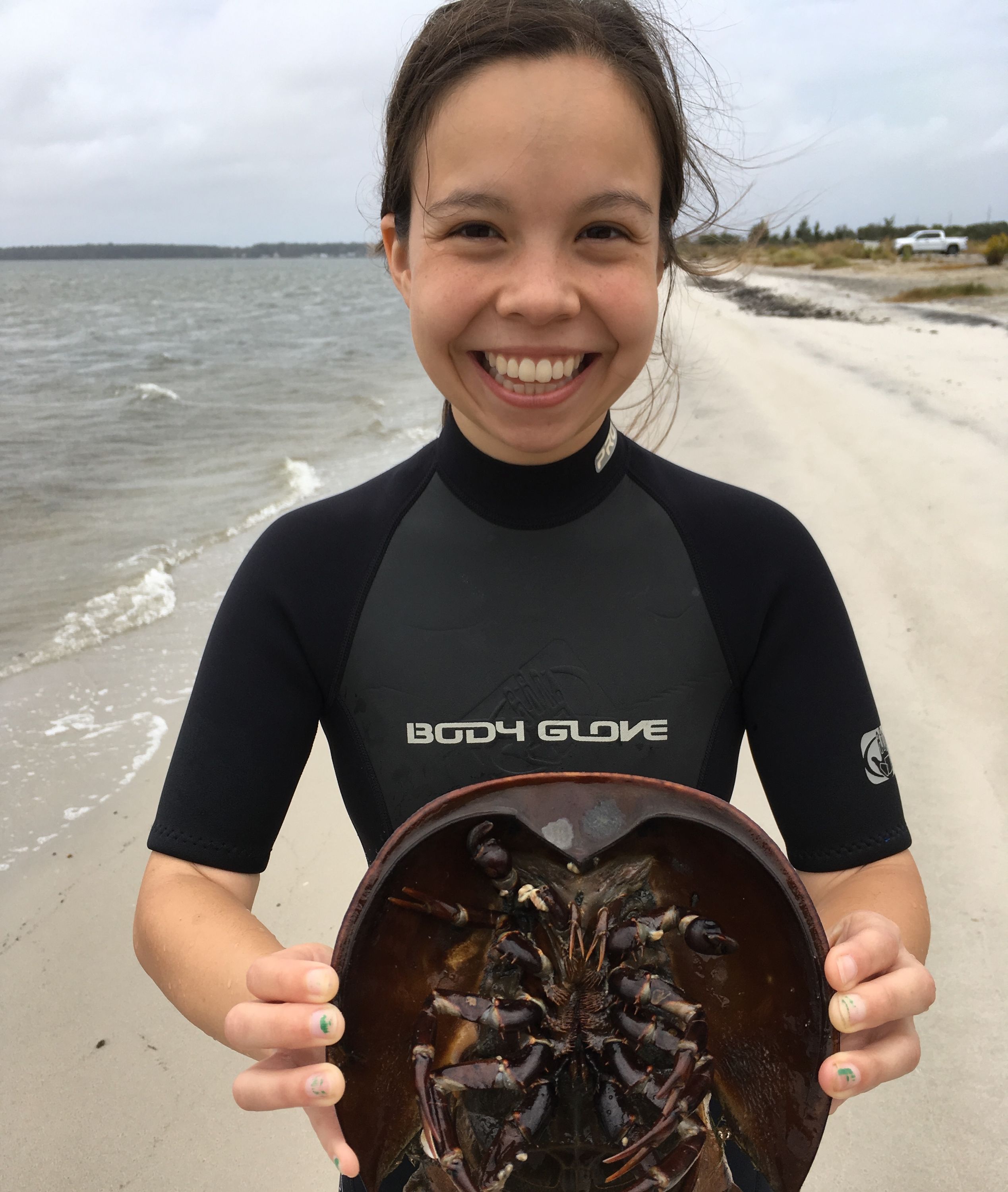Boosting endangered butterfly confronting climate change
EEB core faculty members Sarah Fitzpatrick and Nick Haddad, both at MSU's Kellogg Biological Station and in integrative biology, and EEB Presidential Postdoc Cinnamon Mittan are launching a Midwest Climate Adaptation Science Center (CASC) to lend a hand to a rare butterfly.

Habitat loss is splitting the world’s plant and animal populations into smaller, more
isolated fragments. At the same time, many organisms must also withstand rapid and
stressful changes to their environment. Combined, these factors can increase extinction
risk. A possible escape from extinction is through adaptation. Yet, small populations
with low genetic diversity may be unable to adapt in time to keep pace with environmental
change. One strategy to mitigate these problems is to move individuals from larger,
more resilient populations with higher genetic variation into small, declining populations
to induce 'genetic rescue'.

This project will use cutting-edge genomic tools to evaluate the potential for genetic
rescue to increase population growth and adaptive potential in the federally endangered
Mitchell's satyr butterfly, an iconic species that has rapidly declined in the last
few decades. Researchers will first evaluate patterns of genomic variation and inbreeding
throughout the entire range of the species, identifying potential recipient and source
populations for genetic rescue. Then, researchers will perform controlled crosses
of individuals from these populations to confirm the viability of offspring and test
differences in thermal tolerance.

The proposed research emerged as a top priority of the US Fish and Wildlife Mitchell’s Satyr Working Group and will directly inform conservation and management in the context of genetic rescue. This work will provide crucial information for successful design and implementation of genetic rescue in Mitchell's satyr butterfly as well as other species that also face high extinction probability due to small population sizes and a rapidly changing climate.
Read more at CASC



